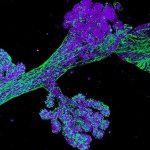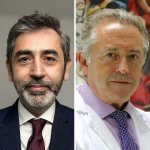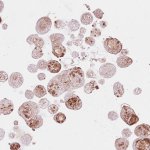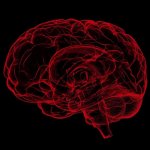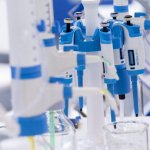
News • Proteins for personalized treatments
Tracking Duchenne muscular dystrophy with blood biomarkers
Newly discovered blood biomarkers may offer new options to track Duchenne muscular dystrophy (DMD) in a less invasive way than physical tests or biopsies. This could support more tailored treatments.














